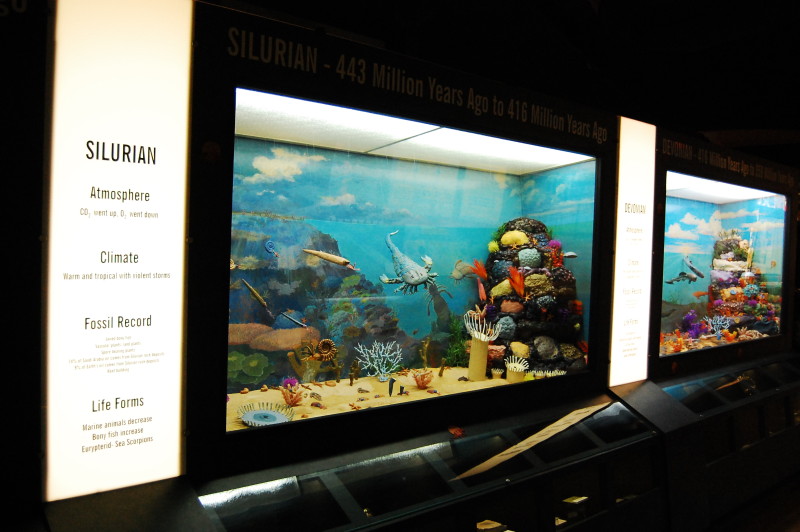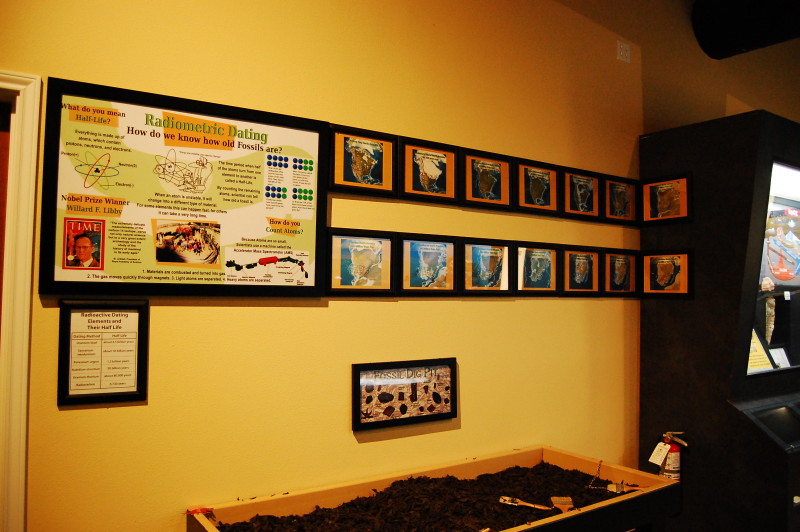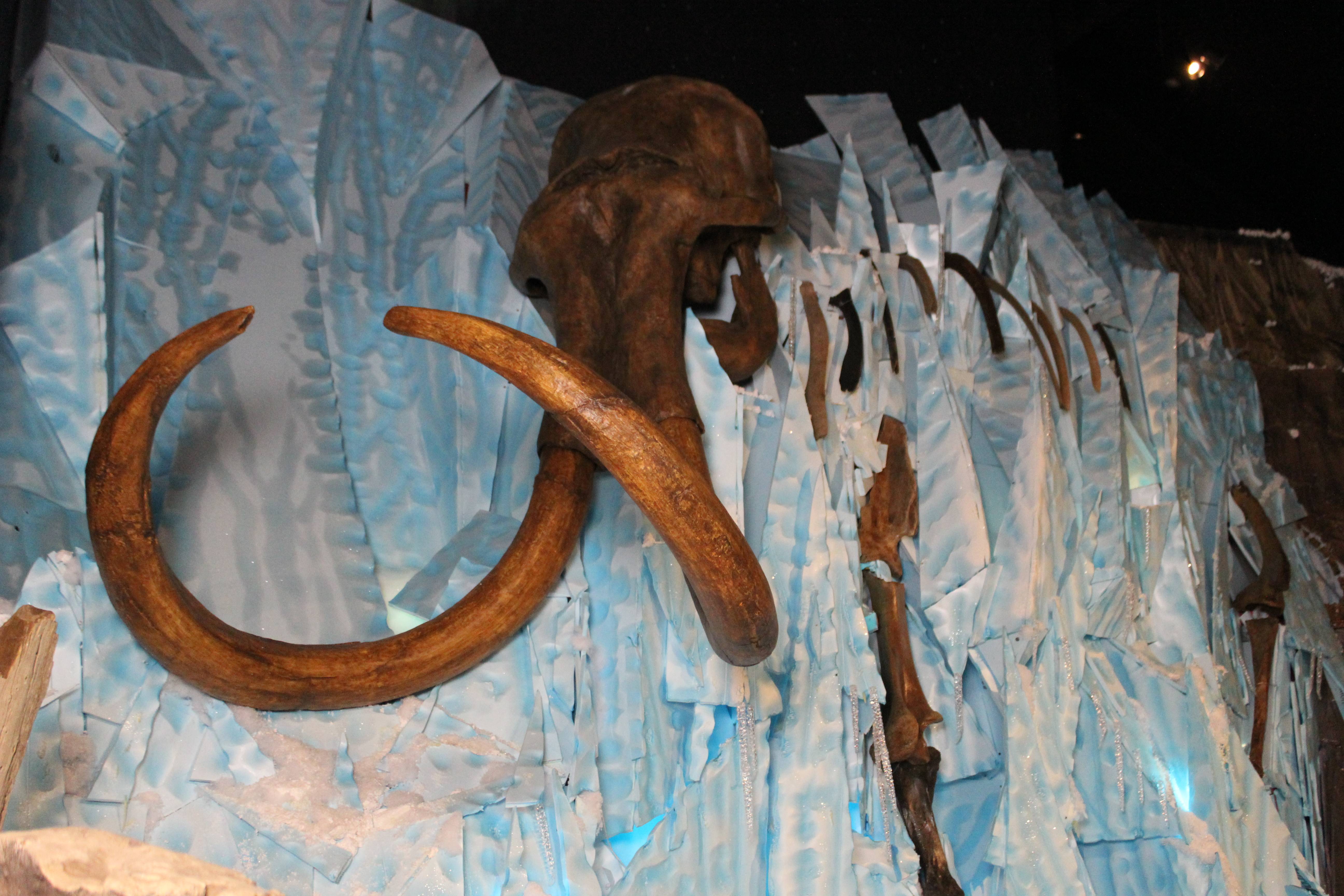The Naranjo Museum has on display one of the most complete collections of Cambrian fossils.
The Cambrian period is known as the explosion of life. Now that the earth was oxygenated, life could
flourish. All life was aquatic and fairly small but many new plants and animals emerged and became more complex. Trilobites, Arthropods, Brachiopods, Mollusks, Echinoderms and Algae all shared the sea at this time.
In case A there are fossilized Arthropods from the Cambrian period. Many different Arthropods lived during this period but they all had similar characteristics. They had bilateral symmetry, segmented bodies, a hard exoskeleton, jointed legs, and many pairs of legs. Fossilized worms from the Cambrian period can be found in abundance. These tiny worms are 525 million years old. There are also numerous complete Trilobites in this case. Trilobites are a group of Arthropods that first made their appearance in the Precambrian period, but really flourished in the Cambrian. Stromatolites continued to oxygenate the earth during this time.
In case B you can find Brachiopods and Jellyfish. The Brachiopods were another creature that
dominated at this period. Brachiopods are marine animals that have hard shells on their upper and lower surfaces.
Many Brachiopod fossils have been found and date back to the Cambrian period. Echinoderms are characterized by their radial symmetry. The fossils we have here are 505 million years old and show the characteristic radial symmetry well. Jellyfish lived during this time and still survive today. The jellyfish here was a stinging jellyfish and probably survived because of its ability to sting.
Case C has a large trilobite and trilobite cast. A fossil cast is made when a paleontologist cracks open a rock and the fossil remains on one side and an impression of the fossil (the cast) remains on the other side.




